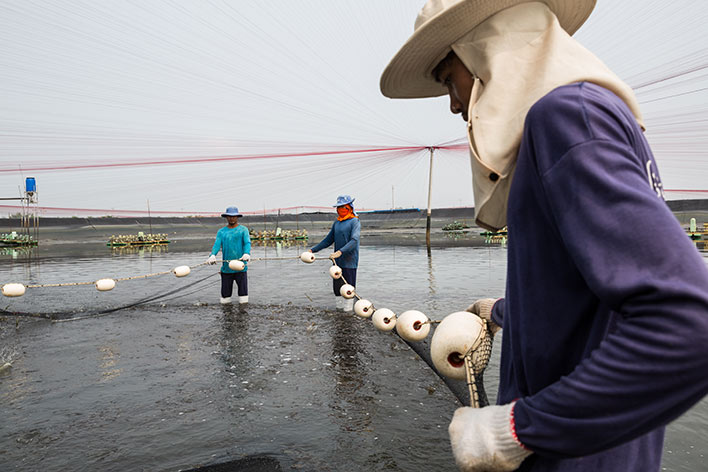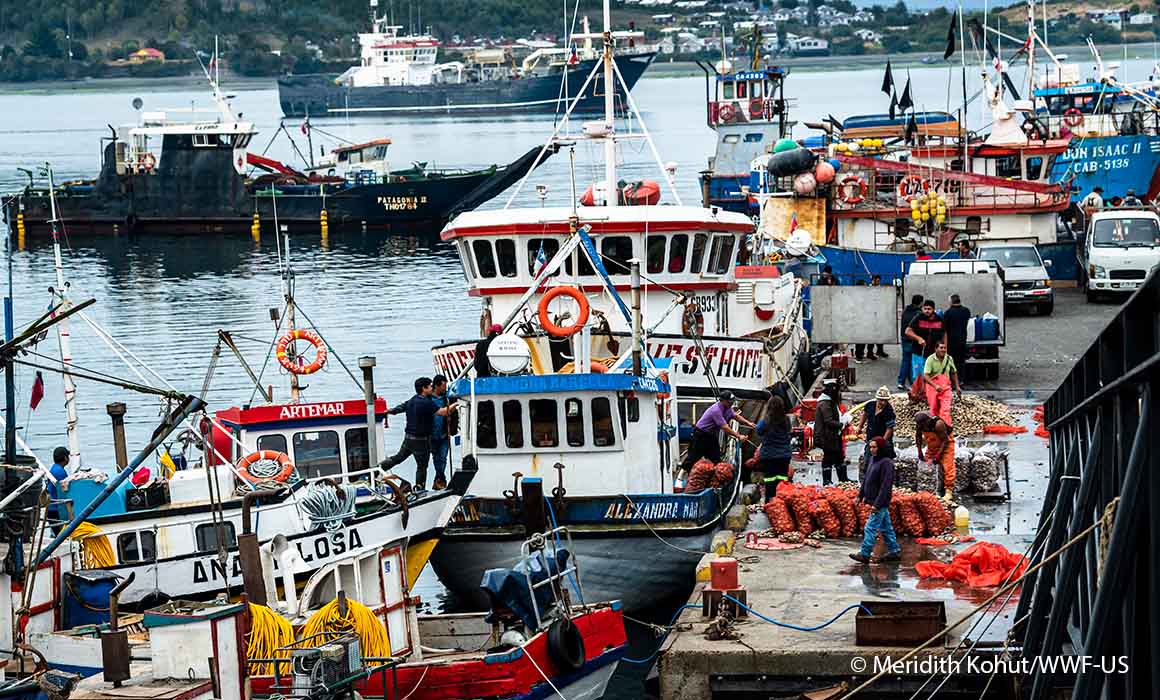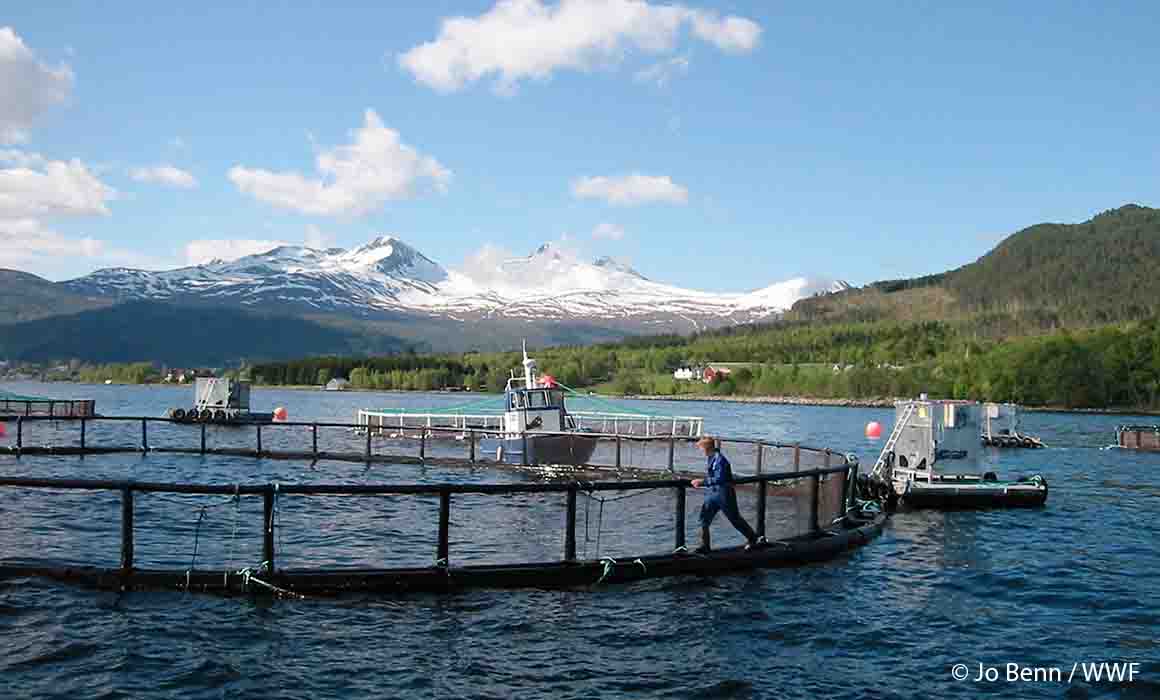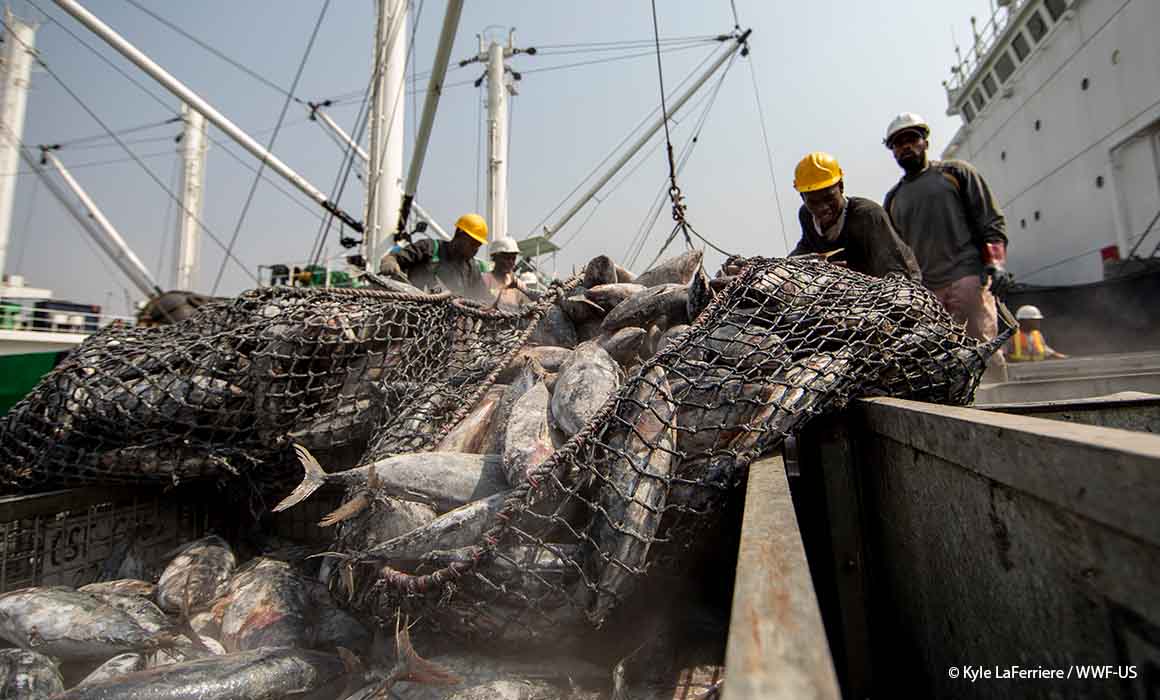Investors Prioritize Traceable Seafood as a Way to Combat IUU and Overfishing
34 investors representing US $5.9 trillion join new initiative to help advance seafood traceability
Seafood is one of the world’s most highly traded and valuable commodities, with global demand expected to double by 2050. Yet a significant amount of seafood-related assets and revenue – up to US $2.89 trillion over the next 15 years – may be at risk due to overfishing, habitat degradation, nutrient pollution, and disease. These negative impacts can pose significant financial risks to seafood companies – and their investors, lenders, and insurers – by reducing fisheries productivity, increasing supply chain volatility, and causing serious reputational damage.







